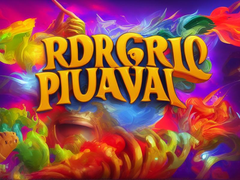.png)
Understanding Orkes: An In-Depth Exploration
Orkes, a term prevalent in Indonesian culture, refers to a traditional musical ensemble that has played a significant role in various ceremonies and events. This article aims to provide a comprehensive overview of orkes, exploring its historical background, the different types of orkes, and their cultural significance in Indonesia.
Historical Background
Orkes has a rich history deeply intertwined with Indonesian traditions. Originating from diverse cultural influences, orkes ensembles have evolved over centuries, incorporating elements from various regions and ethnic groups within Indonesia. These ensembles often feature a combination of traditional instruments and vocal performances that reflect the rich cultural tapestry of the country.
Types of Orkes
There are several types of orkes, each with unique characteristics and instrumentation. For instance, orkes Melayu is known for its use of traditional Malay instruments and is often associated with festive occasions. On the other hand, orkes Jawa incorporates Javanese instruments and melodies, emphasizing the artistic expressions of the Javanese people.
Cultural Significance
The cultural significance of orkes cannot be overstated. These musical ensembles are not only a form of entertainment but also play a crucial role in preserving and promoting Indonesian cultural heritage. They are frequently performed at weddings, festivals, and other significant events, serving as a reminder of Indonesia’s rich cultural legacy.
In summary, orkes represents an essential aspect of Indonesian culture, blending historical richness with diverse musical traditions. Understanding orkes helps appreciate the depth and variety of Indonesia’s cultural heritage.









